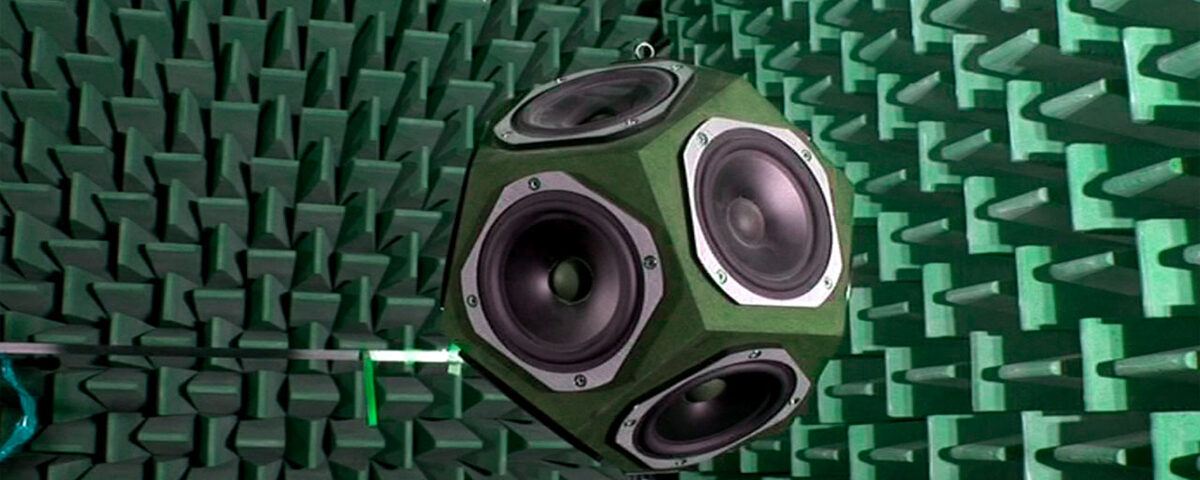Acoustic Engineering – Designing Spaces for Optimal Sound Performance
Acoustic engineering, often referred to as acoustical engineering, is a specialised branch of engineering that deals with the study, analysis, and design of spaces and systems to optimise sound quality and performance. It encompasses a wide range of topics, including room acoustics, sound isolation, speaker placement, and the utilisation of acoustic materials. This article delves into the intricacies of acoustic engineering and highlights its various aspects and applications.
Room Acoustics
The acoustics of a room play a crucial role in determining the quality of sound experienced by listeners within the space. Acoustic engineers design rooms with specific shapes, sizes, and surfaces to enhance or control sound propagation, reflections, and absorption. This is particularly important in spaces where sound quality is critical, such as auditoriums, concert halls, recording studios, and home theatres.
Factors that affect room acoustics include:
- Room geometry: The shape and size of a room can influence the way sound waves travel within the space. Acoustic engineers pay special attention to the room’s proportions, avoiding parallel walls and square rooms to minimise standing waves and flutter echoes.
- Surface materials: The materials used on walls, floors, and ceilings can either absorb, reflect or diffuse sound. Acoustic engineers utilise a mix of materials to strike a balance between sound absorption and reflection, creating an environment that delivers clear and balanced sound.
- Room treatment: Acoustic treatment involves the use of diffusers, absorbers, and bass traps to control sound reflections, reverberation, and low-frequency resonances. These elements can be strategically placed to fine-tune a room’s acoustics.
Sound Isolation
Sound isolation is another crucial aspect of acoustic engineering. It involves the prevention of sound transmission between spaces, ensuring that external noises do not interfere with the intended sound within a particular area. This is achieved through various methods, such as:
- Mass: The use of dense, heavy materials can effectively block sound transmission. For example, concrete, bricks, and gypsum board are often used in walls and ceilings to provide sound insulation.
- Decoupling: Separating two structural elements using resilient materials can help break the path of sound transmission. This method is commonly employed in the construction of floating floors, resilient channel ceilings, and staggered stud walls.
- Damping: The introduction of damping materials, such as viscoelastic compounds, can help dissipate vibrational energy, reducing sound transmission.
- Sealing: Ensuring that there are no gaps or air leaks in a building’s envelope is crucial for effective sound isolation. This involves the use of weatherstripping, door sweeps, and gaskets to seal any potential gaps.
Speaker Placement
In acoustic engineering, speaker placement is a vital consideration in achieving optimal sound performance. The positioning of speakers within a room can significantly impact the listening experience, as it directly affects the sound’s direction, reflections, and interactions with the room’s acoustics. Acoustic engineers take into account factors such as listener location, speaker type, room size, and acoustical properties to determine the most appropriate speaker placement.
Acoustic Materials
The use of acoustic materials is integral to the practice of acoustic engineering. These materials are designed to control sound propagation, reflections, and absorption within a space. Examples of commonly used acoustic materials include:
- Acoustic foam: This lightweight, porous material is used for sound absorption and can be found in various forms, such as wall panels, ceiling tiles, and bass traps.
- Fiberglass insulation: Often used in walls and ceilings, fiberglass insulation provides effective sound absorption and insulation.
- Acoustic panels: These panels can be made from various materials, such as fabric wrapped fiberglass, perforated metal, or wood, and are designed to absorb, diffuse, or reflect sound. They are used to treat a room’s acoustics by strategically placing them on walls, ceilings, or suspended as baffles.
- Acoustic curtains and drapes: Made from heavy, dense fabrics, these curtains and drapes can help reduce sound transmission and reverberation in a room.
- Acoustic barriers: These are typically heavy, dense materials, such as mass-loaded vinyl, that can be installed on walls, floors, or ceilings to block sound transmission between spaces.
Applications of Acoustic Engineering
Acoustic engineering has a wide range of applications, extending across various industries and settings. Some prominent examples include:
- Architectural acoustics: Acoustic engineers collaborate with architects to design and optimise spaces, such as concert halls, auditoriums, and schools, to ensure optimal sound performance and noise control.
- Environmental acoustics: In this domain, acoustic engineers assess and mitigate noise pollution in urban areas, transportation systems, and industrial settings, aiming to reduce the impact of noise on human health and well-being.
- Audio engineering: Acoustic engineers work in the design and development of audio equipment, such as loudspeakers, microphones, and headphones, ensuring optimal sound reproduction and performance.
- Automotive acoustics: In the automotive industry, acoustic engineers focus on reducing noise and vibration within vehicles, contributing to improved passenger comfort and vehicle performance.
- Underwater acoustics: Acoustic engineers are involved in the design and analysis of underwater systems, such as sonar, underwater communication, and marine exploration equipment.
Summary
Acoustic engineering is an essential field, playing a critical role in the design and optimisation of spaces and systems for sound quality and performance. By understanding and addressing various factors, such as room acoustics, sound isolation, speaker placement, and the use of acoustic materials, acoustic engineers contribute to creating optimal listening environments and enhancing the overall sound experience. With applications spanning across numerous industries and settings, acoustic engineering remains an indispensable discipline in our modern world.


